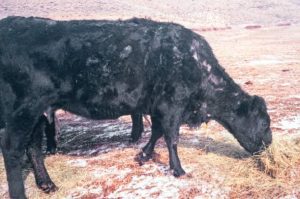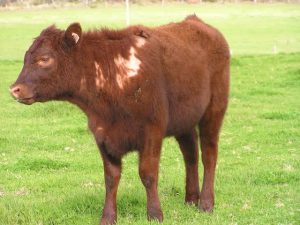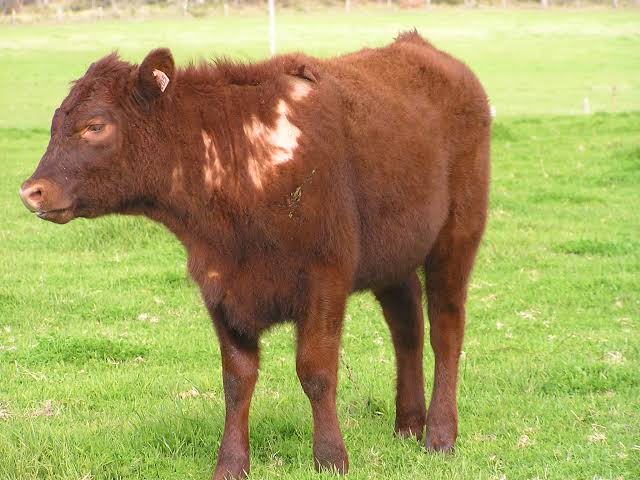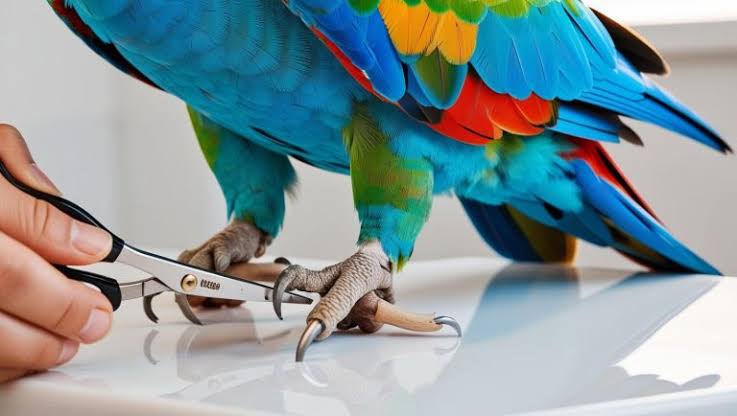Even though they may not look like much, lice infestations can be problematic for cattle farmers.
These microscopic, wingless parasites consume their cattle hosts’ blood or skin. Intense itching, hair loss, decreased weight gain, and general discomfort are typically the causes of this.
Severe lice infestations might also cause anaemia and heightened vulnerability to other illnesses if they are not treated.
Maintaining your herd’s health and productivity requires early detection of the symptoms and a thorough treatment approach.
This article explores the topic of cow lice in great length, offering a comprehensive guide on identification, available treatments, and ways to keep your animals lice-free.
Types of Cattle Lice
Cattle lice come in the following varieties:
READ ALSO: How to Start Giving Your Puppy Solid Food
Biting or chewing lice:
Skin scales, hair pieces, and other surface blood are the food source for these lice, including the cattle-biting louse, Bovicola bovis.
Usually, they are located along the tailhead and neck. Severe irritation brought on by infestations results in rubbing, scratching, and eventually hair loss.
Lice (Anoplura) sucking:
These lice, which pierce the skin and feed on blood, include the short-nosed cattle louse (Haematopinus eurysternus), the long-nosed cattle louse (Linognathus vituli), and the small blue cattle louse (Solanopotes capillatus).
They often congregate in places with thinner skin, like inside the legs, around the eyes, and the ears. Anaemia can result from severe infestations of sucking lice, particularly in young or sick animals.
Process In Treating Cattle Lice
Here’s a detailed step-by-step process:
Step 1: Speak with an animal health expert or veterinarian:
Numerous over-the-counter remedies work well. When advised, it is essential to speak with your veterinarian or another trained animal health specialist.
They can assist you in correctly determining the kind and extent of the infestation. Furthermore, depending on your cattle’s age, health, and stage of production, they can suggest the best course of action.
A veterinarian can provide guidance on the appropriate dosage and application techniques for the selected product.
Step 2: Selecting the Right Treatment Product
Cattle lice can be treated with a variety of parasiticides. These products are available in several formulations. Some have a liquid appearance. The animal’s backline is treated with these liquid compositions.
They provide contact or systemic activity and are generally simple to use. A spray can be used to guide other treatments.
These could be more labour-intensive, particularly for large herds, and would necessitate full coverage of the animal’s body. They can, however, effectively and quickly eradicate lice.
Synthetic pyrethroids (like permethrin and cypermethrin), organophosphates (use with caution due to potential toxicity), macrocyclic lactones (like ivermectin and doramectin – some have efficacy against lice, but consult your veterinarian), and neonicotinoids are common active ingredients found in cattle lice treatments.
Step 3: Preparing for Treatment
Make sure you have the required tools and have completed the appropriate safety measures before beginning any therapy. The manufacturer’s directions on the product label should be carefully read and followed.
Keep a tight eye on the dosage, administration technique, withdrawal times, and safety measures.
It is your responsibility to collect all relevant data. Gloves, safety glasses, and applicators may be examples of this. Treat every animal in the afflicted group at the same time.
If only a portion of the animals are treated, a reservoir of lice will remain, which could re-infest the treated animals.
Step 4: Follow-Up Treatments
Adult lice are killed by several lice treatments, but their eggs (nits) are left unharmed. Therefore, to get rid of freshly hatched lice, a follow-up treatment is frequently required.
The second treatment is usually advised 10–14 days following the first, though the exact time may depend on the substance used and the lice’s life cycle. For particular advice, refer to the product label or your veterinarian.
Step 6: Environmental Considerations
Some lice may release their eggs into the environment, such as bedding or rubbing posts, even if they spend their whole life cycle on the host animal.
Cleaning and disinfecting housing and equipment can help lower the chance of re-infestation, especially in tight spaces, even though environmental treatment is typically not the main emphasis for lice control in cattle.
It might also help to remove old bedding and let regions dry.
Step 7: Monitoring and Prevention
Following treatment, keep an eye out for any indications of re-infestation in your cattle. Take proactive steps to reduce the likelihood of breakouts in the future. It is a good idea to check your herd for lice regularly, particularly in the winter.





One thought on “How To Treat Lice in Your Cattle”